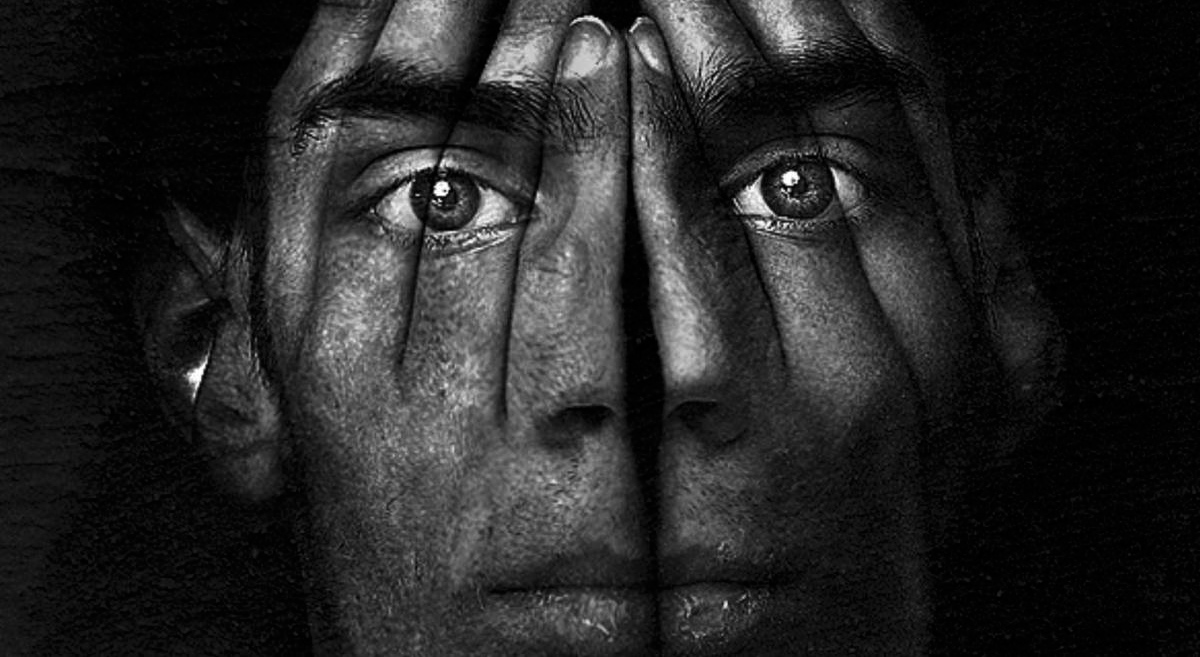Narcolepsy is a sleep disorder that can manifest itself in several ways, but especially through excessive sleepiness during the day that can lead to what are known as sleep attacks, moments in which the desire to sleep is irrepressible for the patient and that can last a few minutes, or lengthen to more than an hour.
Its fundamental cause has been described in recent years, and is due to a deficit of hypocretin, which is a neurotransmitter substance.
Since the first symptoms appear until the full development of the syndrome can take up to 20 years. The rest of the symptoms that accompany this disease are hallucinations and the interruption of nocturnal sleep.
It is a very disabling disease, with significant alteration of the quality of life of the person who suffers it.
It is believed that the narcoleptic syndrome is associated with a genetic predisposition, since the relationship between the disease and HLA-DR2 has been seen, which is why family history influences. Thus, people who have first degree relatives with narcolepsy have a risk up to 40 times higher than suffering from this disorder than the rest of the population.
What has been proven is that certain environmental factors such as stress, infections, hormonal changes, emotional trauma, problems in the functioning of the immune system … can trigger or aggravate narcolepsy by the abnormal activation of lymphocyte cells that would attack either the hypocretin-producing cells or their receptors.
Here we name some of its symptoms:
- Daytime sleep crisis: the patient remains drowsy and alert during the day, and has several episodes of sudden and intense sleep. You can sleep at any time of day, and in any situation, since the entry into the sleep can be so abrupt that the patient does not realize that he falls asleep, and this can lead to falls and accidents.
- Cataplexy crisis: cataplexy crises consist of a sudden muscular relaxation, without loss of consciousness, triggered by a stimulus such as laughter, intense emotions such as fear, anger or joy, or by making sudden movements; but they can also occur without any triggering factor.
- Hypnagogic hallucinations: these are very real experiences (images and sounds), which occur when the person passes from wakefulness to sleep. The patient has difficulty distinguishing hallucinations from what is real, which is why they are so disturbing.
- Sleep paralysis: is the inability to move or speak for a short period of time upon waking or falling asleep. Sleep paralysis can occur in isolation, unrelated to the other symptoms of narcolepsy, and occurs mainly in adolescence.
The diagnosis of narcolepsy is based on clinical data, that is, on the symptoms presented by the patient (excessive daytime drowsiness with cataplexy), and it is your doctor who must determine if it is this condition, taking into account factors such as age and the stage in which the disease is found; thus, the onset of sleep attacks during adolescence, with episodes of cataplexy, can guide the diagnosis.
Always take care of your health with a unique and efficient service. Visit Pharmamedic.






